Play
Working with children
As adults, it is our responsibility to make sure children have the time, space and freedom to play. There is a whole workforce that helps make this happen.
Children play in many different places, wherever and whenever conditions are right. This can be indoors and outdoors, and includes places such as schools, childcare settings and hospitals.
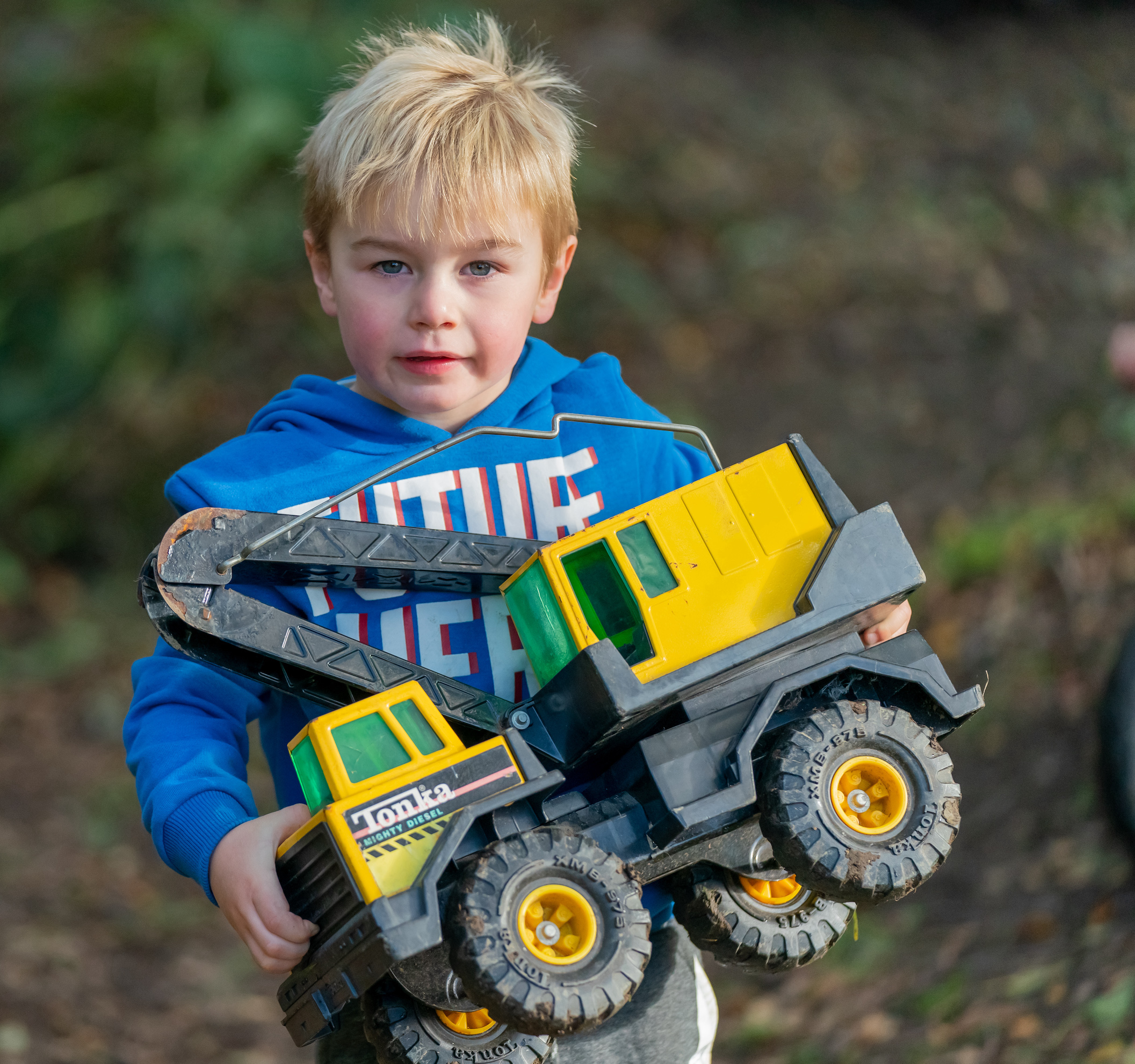
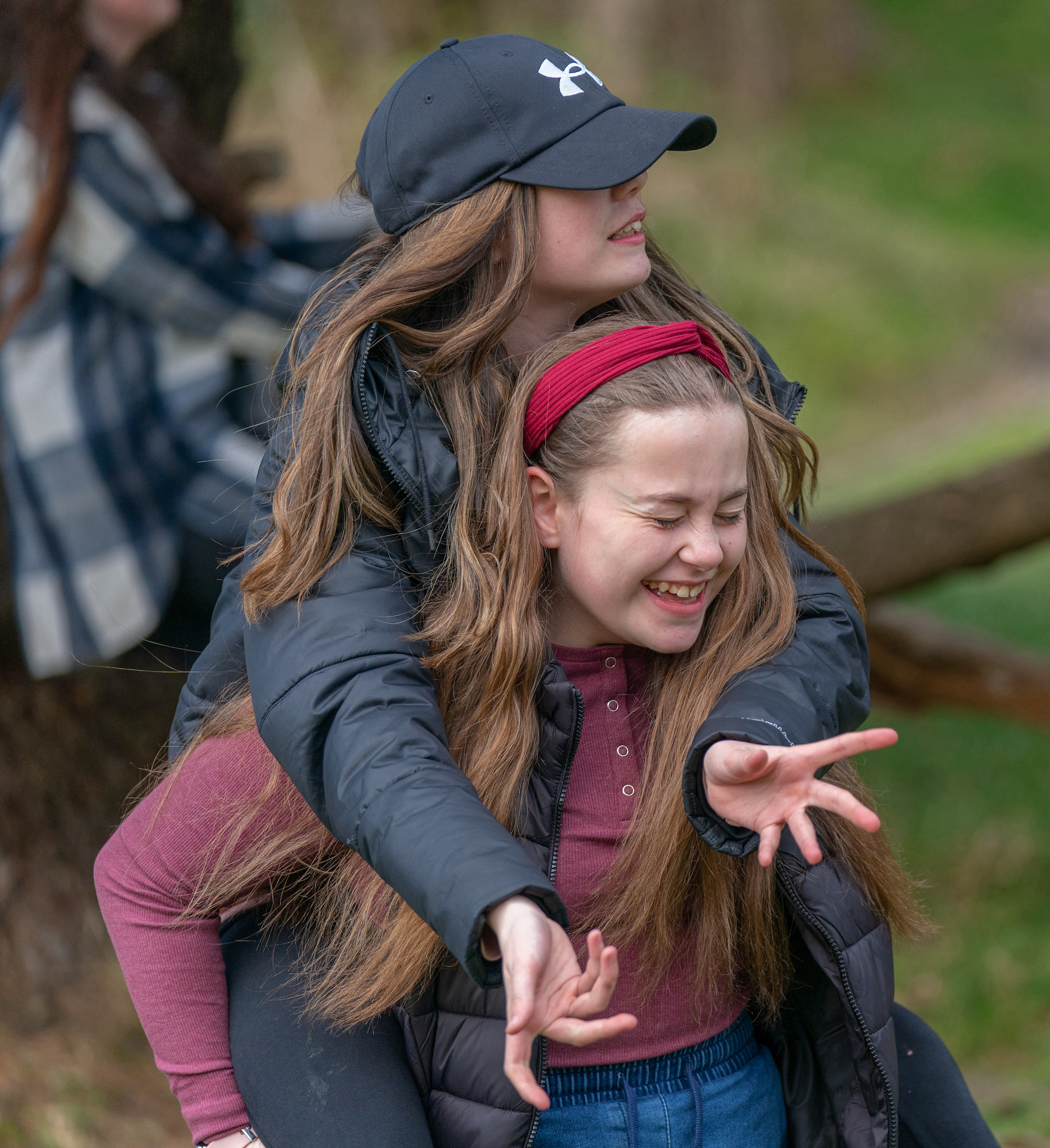
Workforce
People whose role impacts directly or indirectly on children’s play are also part of the play workforce. This includes those working in:
- education
- early years and childcare
- health
- youth services.
It also includes those in other areas within statutory services, such as:
- planning
- housing
- open spaces
- parks
- cultural services
- environmental services
- travel
- highways
- community development
- leisure
- sport
- police
- fire services
- town and community councils.
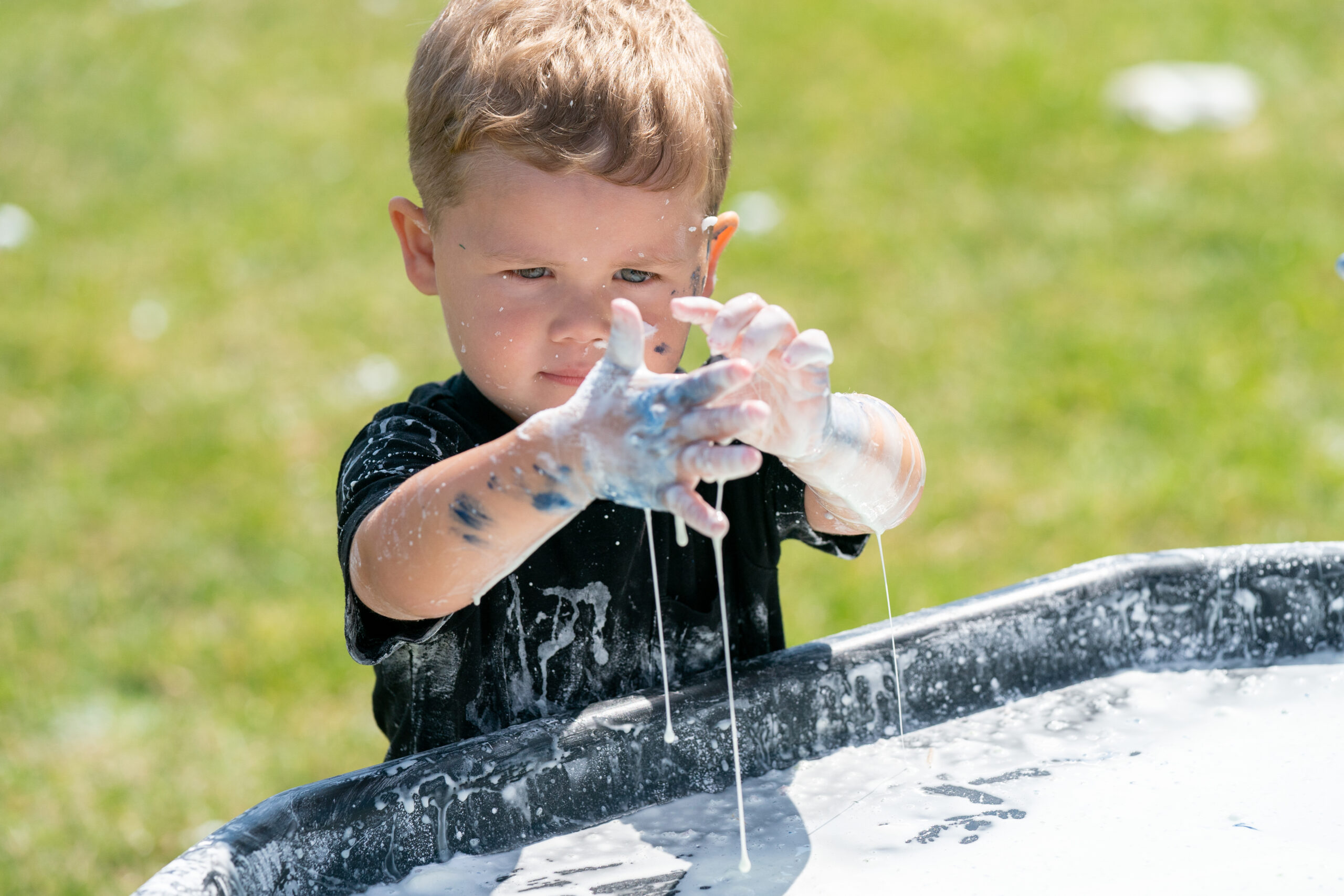
Supporting children's play
A range of professionals in the third sector also have a role in supporting children’s play.
The United Nations General Comment no. 17 on Article 31 sets out adults’ important role in giving children the support they need to realise their right to play. It notes:
- Adults can support children’s development by relating to them through play.
- Adults who participate in children’s play get unique insights and understanding into a child’s perspective.
- Children benefit from activities involving adults. However, these benefits are fewer if adults control play, undermining a child’s efforts to organise and lead their own play activities.
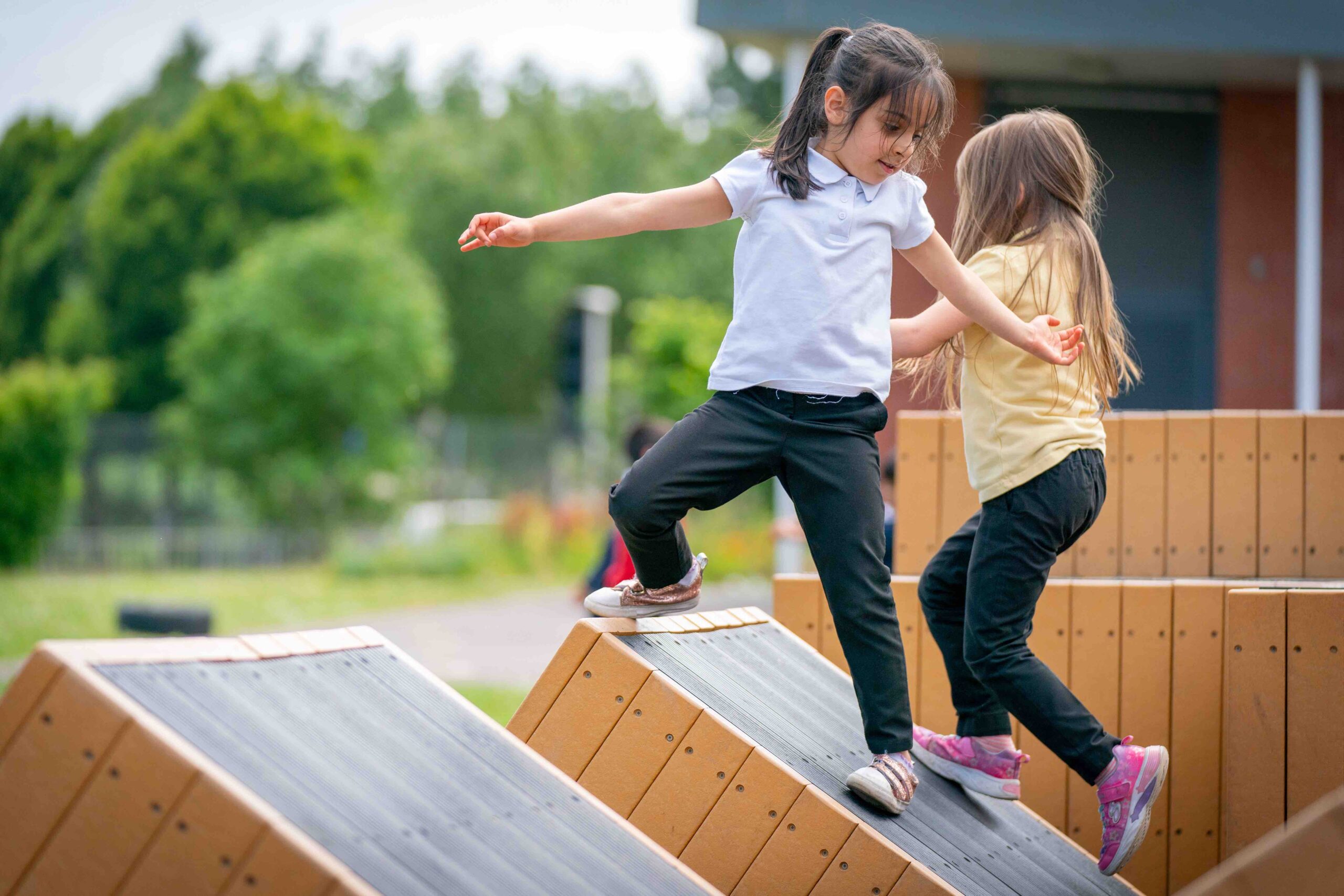
As part of their school day children have a right to be given time and space to play
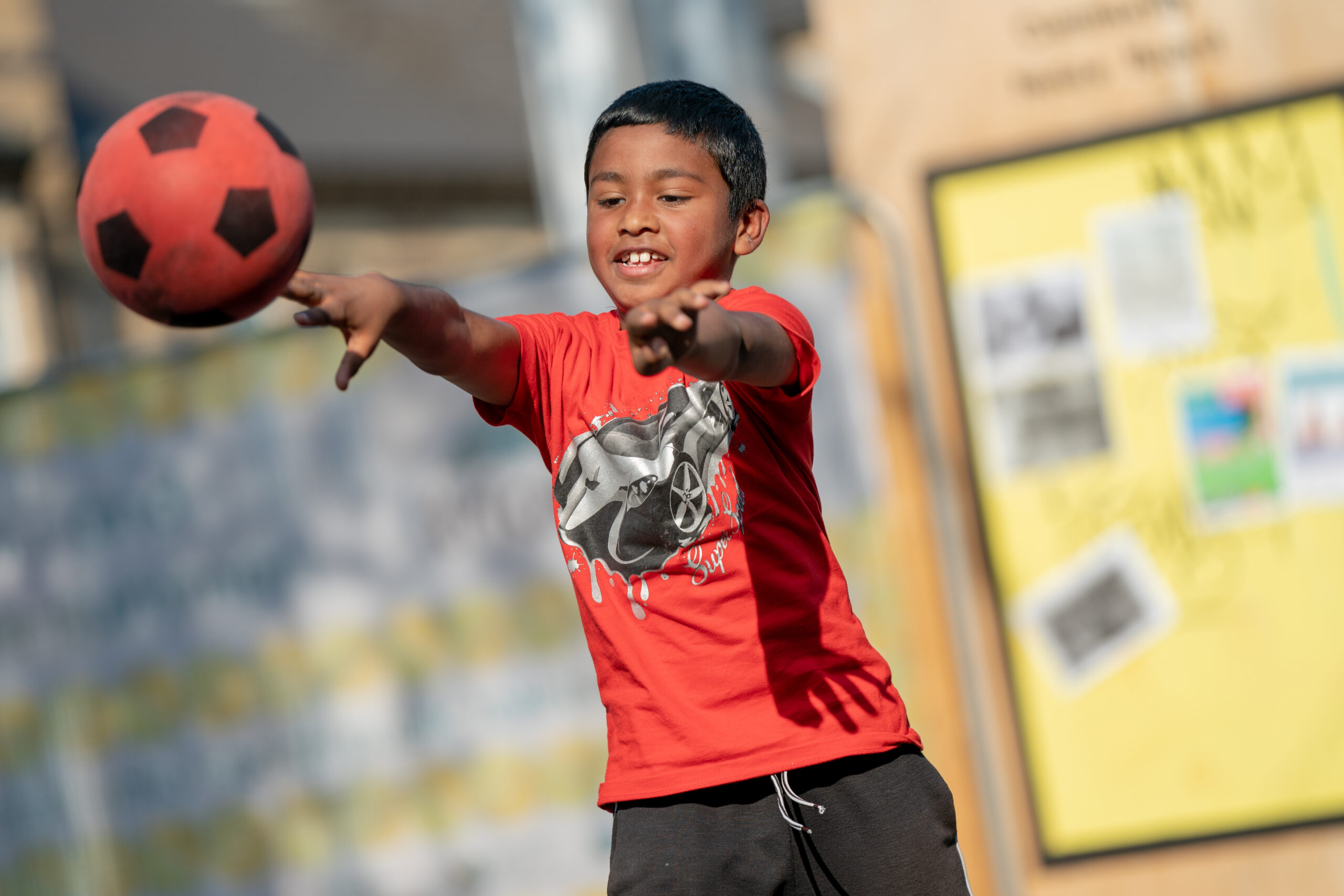
Playing is central to all aspects of children’s health and wellbeing – mental, physical, social and emotional
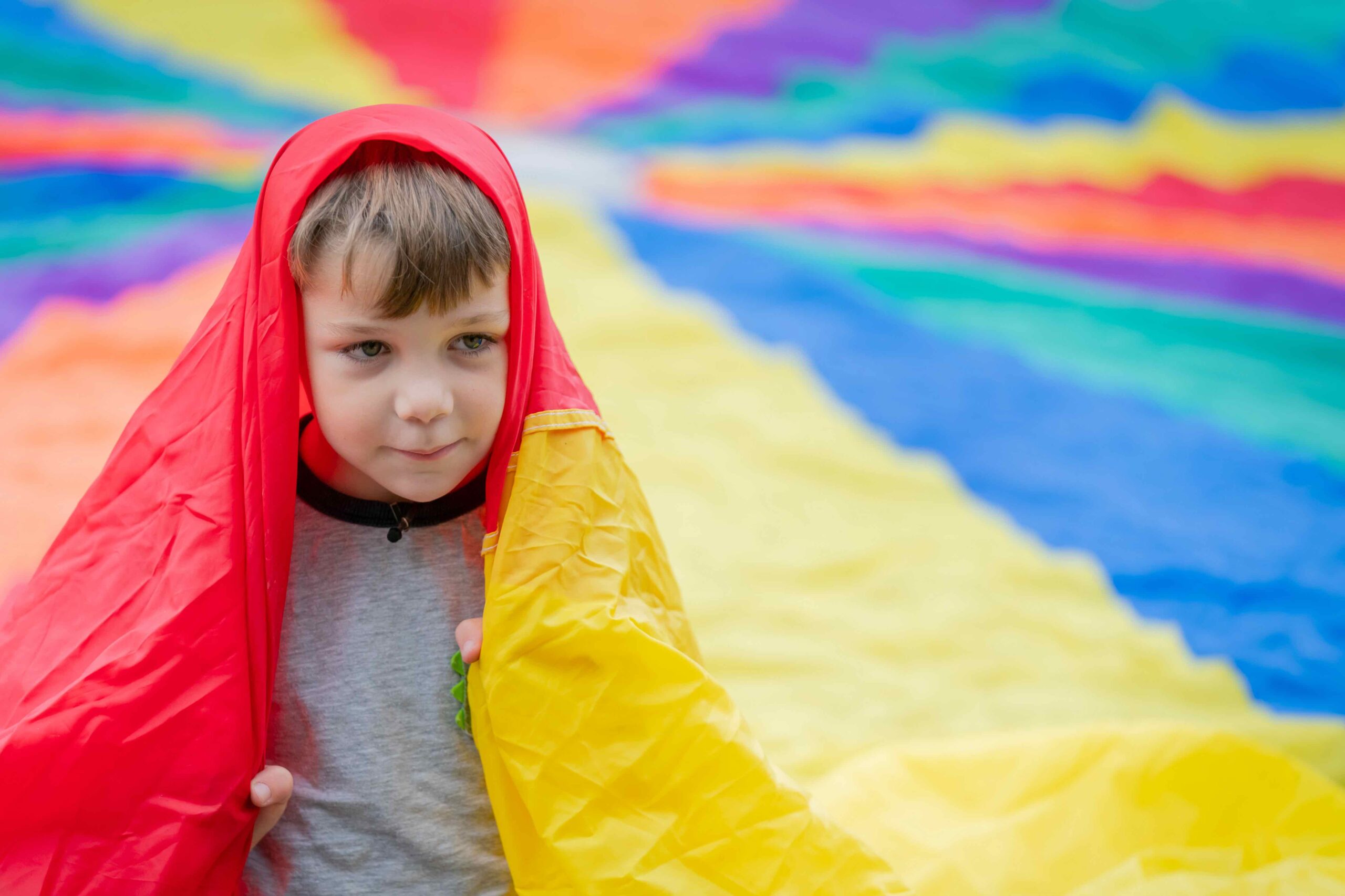
Cultural settings can support children’s right to play, alongside recreational activities and the arts
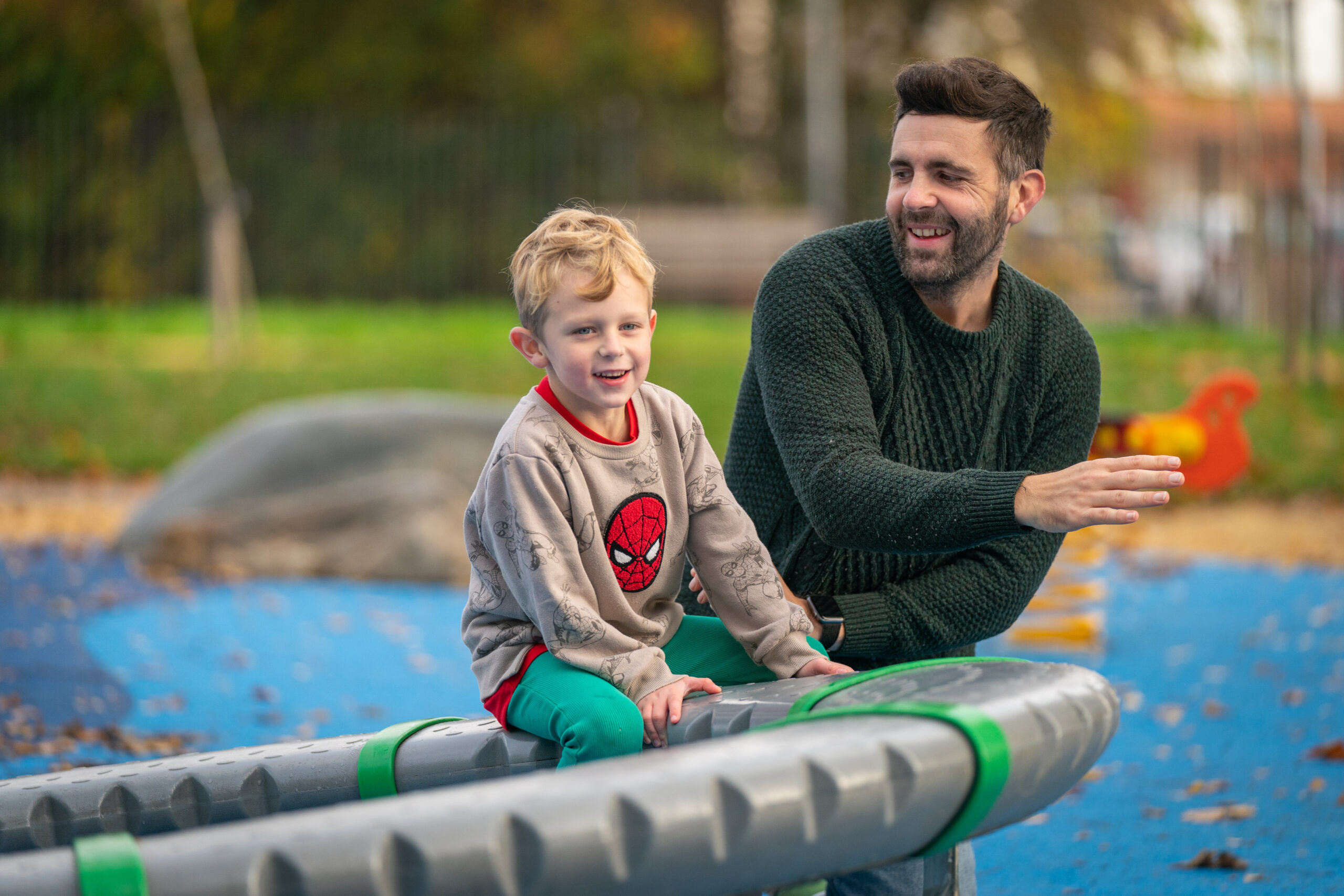
Information and resources for sharing with the parents, carers and families you work with
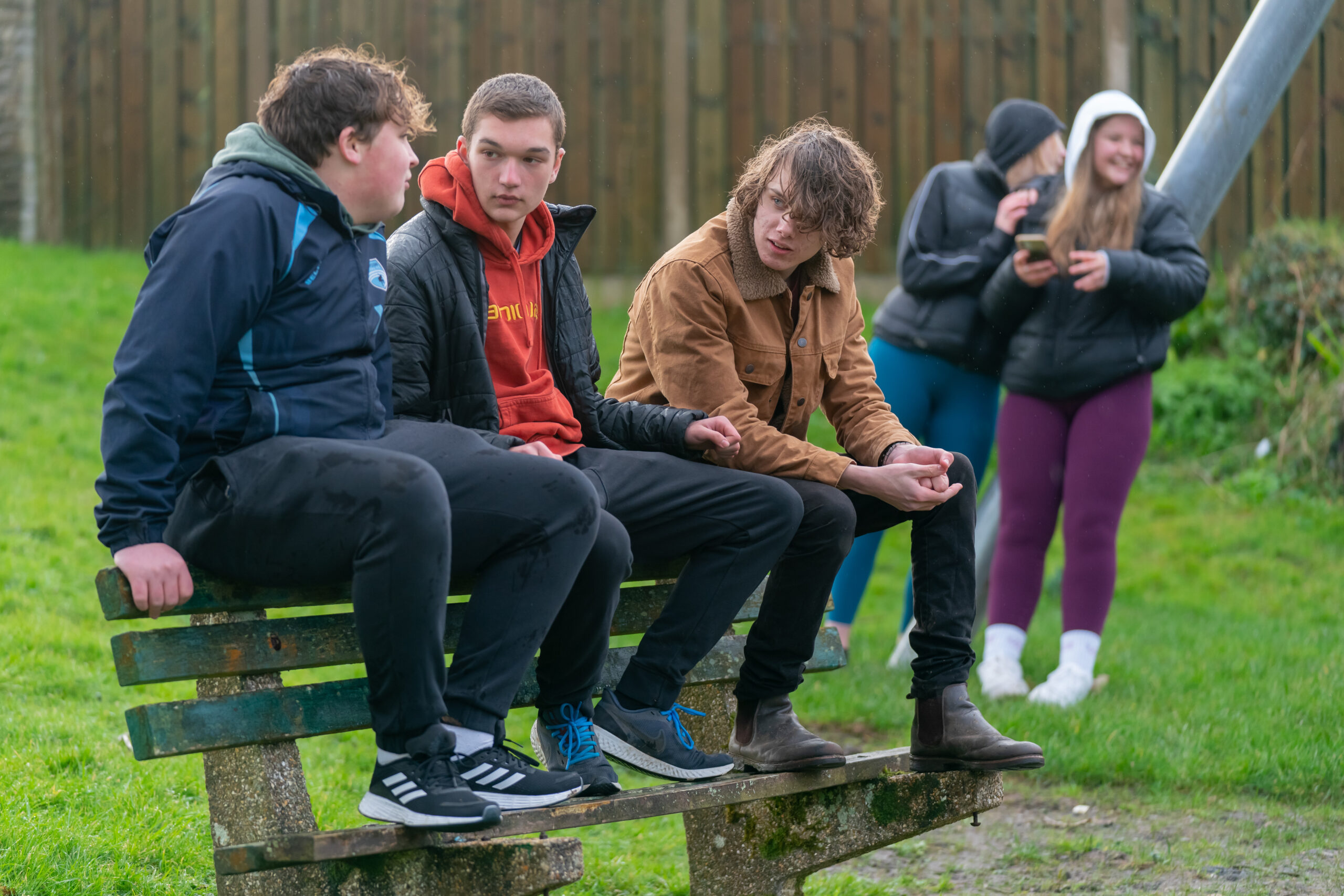
Youth work provision has an important role in supporting teenagers to play and meet up with friends
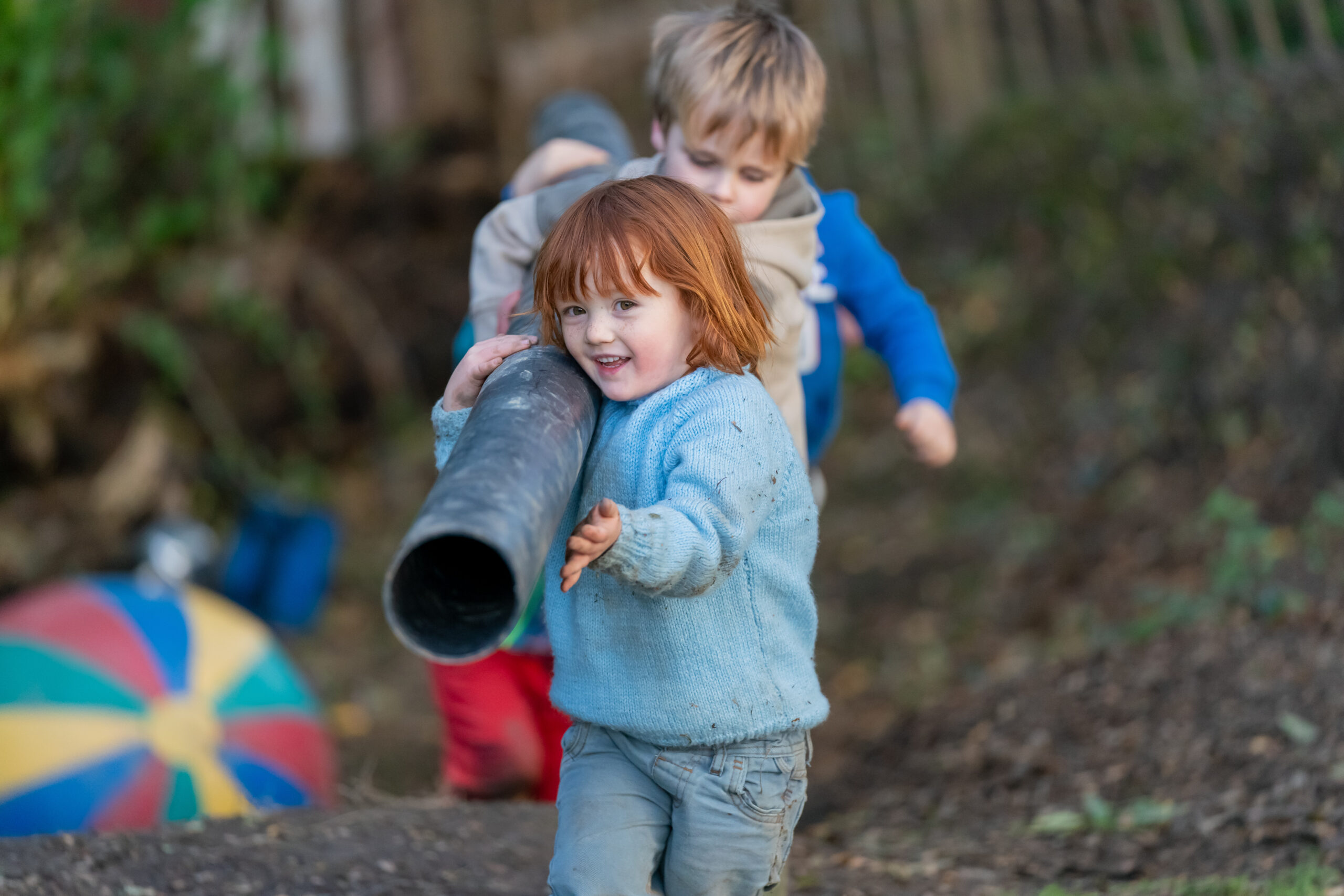
Childcare providers and practitioners are well placed to champion play on behalf of the communities where they work
